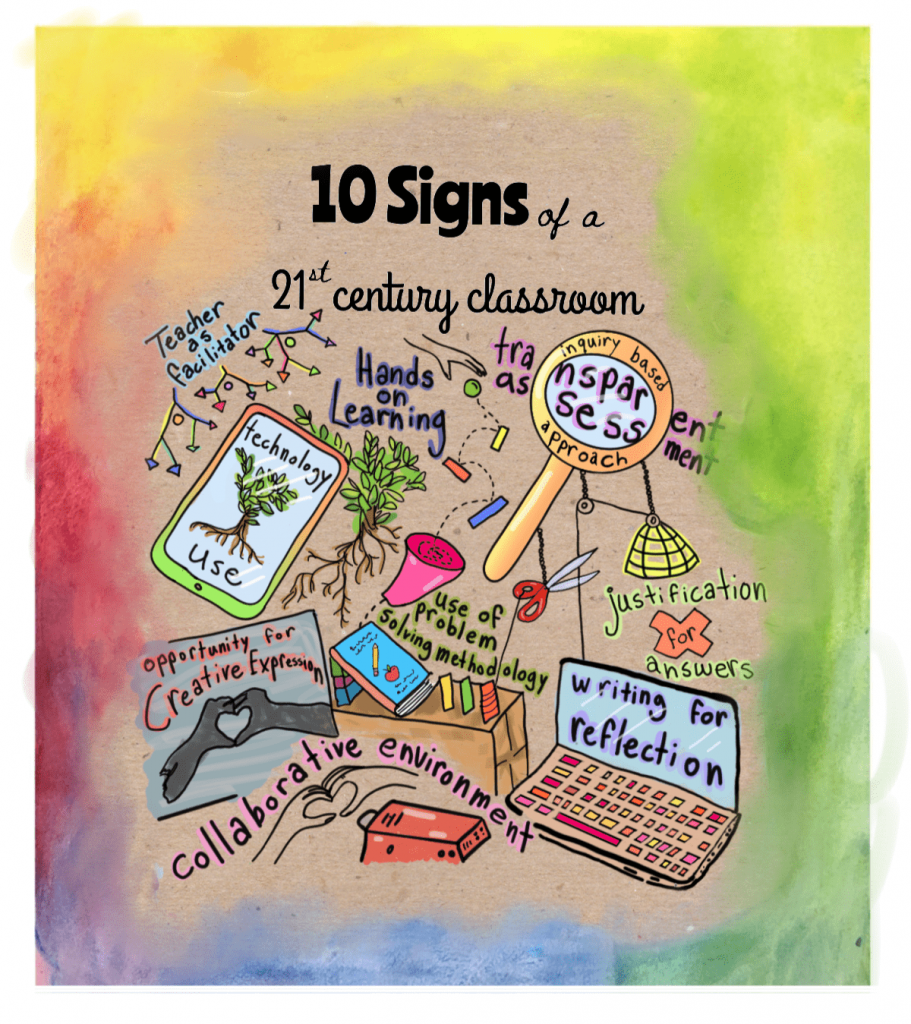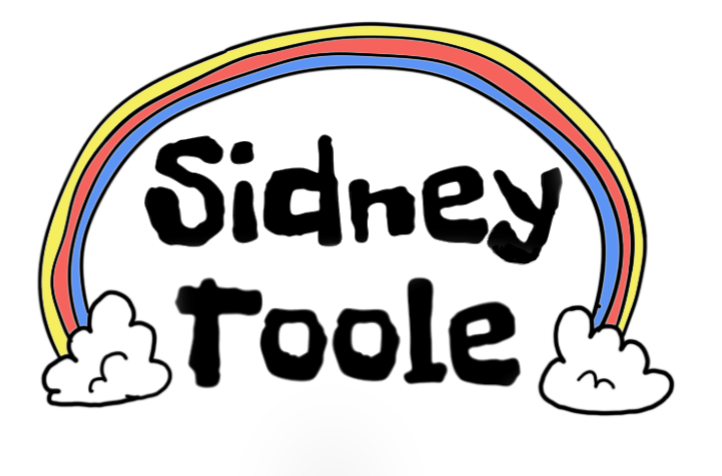
This is a poster that I created in March 2020 as an easy-to-understand and engaging view of some key elements of a 21st-century classroom, based on Patrick Goertz’ “10 Signs of a 21st Century Classroom” (Goertz, 2015). I have visually grouped together some of the signs in order to better show possible relationships between them. These relationships, however, are fluid and all of these signs and elements are interrelated and can be connected in various ways. This poster is a great representation of the elements that I will bring into my classrooms in order to develop my students’ global competencies. Below is a more complete explanation of the various elements and the relationships between them. Through the creation of this poster, I was able to reflect deeply on what a 21st century classroom looks like in practice and synthesize knowledge from various sources. It also gave me a reference for how I can take my knowledge of these elements and turn them into a visual reminder that I will keep in my classroom.
Complete Explanation of Visual Elements:
This is a poster that I created as an easy-to-understand and engaging view of some key elements of a 21st-century classroom, based on Patrick Goertz’ “10 Signs of a 21st Century Classroom” (Goertz, 2015). I have visually grouped together some of the signs in order to better show possible relationships between them. These relationships, however, are fluid and all of these signs and elements are interrelated and can be connected in various ways.
Technology use is portrayed in connection with hands-on learning, to emphasize the point that these two are not mutually exclusive. One does not have to mean less of the other, and they can enhance the benefits provided by each. Technology use is also portrayed throughout the piece in other areas, as technology is a tool that can be used (or not used) in all areas of a 21st-century classroom when it is most materially beneficial.
Creative expression is usually associated with personal artistic expression, and I felt it was important to link this sign to collaboration as most creative endeavors, and indeed most art, is a collaborative project. Having a shared artistic or creative vision and being able to communicate that with and to others is an incredibly important skill.
Close to this scene of collaboration is the representation of writing for reflection, which comes at all stages of the learning process. This reflection is pictured as being done on a computer, which leaves ambiguous whether this reflection is being done alone or in collaboration with others using technology.
The graphic element representing the teacher as facilitator is based on the “iconic visual metaphors” below which is used in Engaging Minds to represent democratic education (Davis et. al., 2015, p.116). This icon is meant to represent the centrality of collaboration and the directing of attention in which the teacher engages within this practice.
Inquiry-based approach, (which includes practices such as problem-based learning, hands-on research, experimentation, and student led inquiry) is represented as a magnifying glass to show up-close and personal inquiry. It is paired with transparent assessment as this becomes even more important when using more open-ended or non-traditional pedagogical tools. The larger the role the students play in their learning, the more crucial it becomes that students are involved in and aware of the assessment process and expectations.
The justification of answers is an important aspect of critical thinking and communication. It is here represented as the end of a Rube Goldberg machine of attempts, experimentation and problem solving methodology. This is the process by which we arrive at this justification and it is just as important as the destination (if not more so). Within this Rube Goldberg machine is also the representation of the standard educational practice (a book with pencil and apple), which has found a novel place in this framework.
